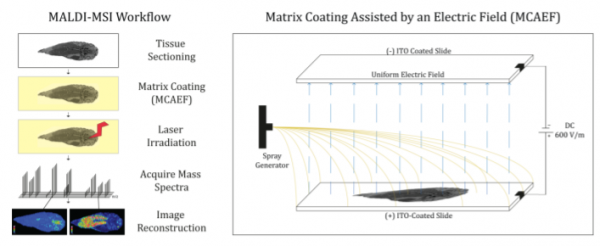Metabolomic insights into the effects of thyroid hormone on Rana [Lithobates] catesbeiana metamorphosis using whole-body Matrix Assisted Laser Desorption/Ionization-Mass Spectrometry Imaging (MALDI-MSI)
2018
期刊
General and Comparative Endocrinology
作者
Teesha C. Luehr
· Emily M. Koide
· Xiaodong Wang
· Jun Han
· Christoph H. Borchers
· Caren C. Helbing
下载全文

- 卷 265
- 页码 237-245
- Elsevier BV
- ISSN: 0016-6480
- DOI: 10.1016/j.ygcen.2018.02.012
